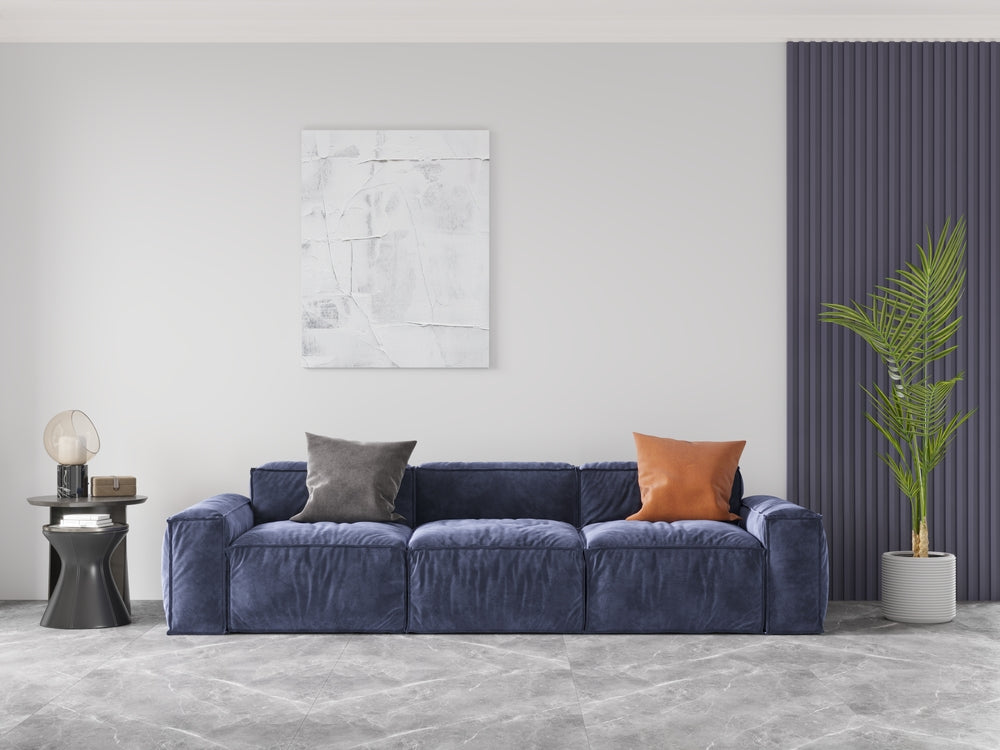
Crating vs. Boxing: Which Is Right for Your Artwork? Discover the Smartest Way to Ship Without Regret
Art Shipping 101: Crating vs. Boxing—How to Choose the Right Protection for Your Masterpiece
When it comes to shipping fine art, the stakes are incredibly high. Whether you’re moving a museum-quality painting, a family heirloom, or a commissioned sculpture, one misstep in packaging can lead to permanent damage. That’s why understanding the difference between crating and boxing isn’t just helpful—it’s essential. Each method has its strengths, but knowing when to use which can save your artwork (and your wallet) from unnecessary risk.
At The Frame Shop, we’ve helped thousands of clients protect their artwork with the right shipping methods. In this article, we’ll walk you through the professional approach to choosing between crating and boxing, including real examples, expert insights, and practical guidance for shipping art safely and confidently.
Is It Crate-Worthy or Box-Safe? Understanding the Differences That Matter
1. When to Use Crating: Maximum Protection for High-Value or Fragile Pieces
Crating is the gold standard for art shipping, particularly for pieces that are large, valuable, or exceptionally delicate. Custom wooden crates provide rigid, shock-resistant barriers that can withstand long-distance transport and frequent handling.
Use crating if:
The artwork is valued over $5,000
The piece includes glass or is highly breakable
The dimensions exceed 36 inches on any side
The art is being shipped internationally or via freight
For example, when we shipped a large oil painting with a delicate gilded frame to a gallery in New York, we used a foam-lined custom crate with internal braces and humidity control packs. The piece arrived flawless—ready to hang.

2. When Boxing Is a Smart, Efficient Choice
Boxing is appropriate for smaller, less fragile pieces with durable frames or protective glazing. Corrugated boxes, foam corners, and layers of glassine paper offer sufficient protection when handled with care and clearly marked as fragile.
Use boxing if:
- The artwork is under $5,000 in value
- It is under 36 inches in all dimensions
- The piece is professionally framed and glazed
- It is being shipped locally or with a white-glove courier
For a local collector in Miami, we boxed five framed art prints using archival wrapping, foam corners, and double-walled boxes. We sealed everything with tamper-evident tape and added clear labeling for vertical orientation. All pieces arrived damage-free.
3. What About Sculptures and Three-Dimensional Art?
Sculptures, ceramics, and multi-dimensional works almost always require custom crating. These items are prone to chipping, cracking, or shifting during transit, so they demand immobilization within a solid container.
At The Frame Shop, we once shipped a hand-blown glass sculpture cross-country. We designed a crate with individual foam compartments that cushioned every fragile protrusion. The sculpture arrived in pristine condition, despite a turbulent journey.
4. Risk Assessment: How Far, How Fragile, and How Valuable?
When choosing between crating and boxing, consider three critical factors:
- Shipping Distance
- Material Fragility
- Artwork Value
A high-value piece headed overseas? Crating is non-negotiable. A durable print going across town? Boxing may suffice. When in doubt, opt for more protection—it’s cheaper than replacing damaged art.

5. Cost vs. Safety: Is It Worth the Investment?
While crating is more expensive than boxing, the long-term value far outweighs the cost. Consider the price of repairing or replacing artwork, or worse—losing a one-of-a-kind piece. Professional crating services include insurance compliance, internal bracing, shock absorption, and precise dimensions.
Don’t let price be the sole deciding factor. One client attempted to ship an acrylic painting in a padded box to save costs. The result? A cracked frame and scuffed surface. We later re-packaged the piece in a crate and it arrived safely.
Choose Wisely, Ship Smartly: Why Proper Packaging Is Everything
Artwork is more than decor—it’s investment, memory, and meaning. Choosing the wrong packaging method can cause irreversible damage. Whether you opt for boxing or crating, make sure you’re protecting your art based on its true needs.
At The Frame Shop, we’re not just about framing. We help clients safely ship artwork across the street or around the globe with packaging strategies tailored to each piece. Our team includes art handlers, designers, and shipping pros who understand how to match each work with the best shipping solution.
Let The Frame Shop Handle It With Care
Here’s how we can help:
- Custom crating for high-value and delicate items
- Expert boxing services with archival materials
- Insurance-compliant documentation
- Secure labeling and handling
- Local delivery and white-glove shipping coordination
Whether you’re a collector, gallery owner, or artist, our art shipping services take the stress out of protecting your most treasured pieces.
Reach out today for a personalized consultation. From wrapping to crating, our expertise ensures your art arrives safely, every time. Don’t leave your investment to chance—partner with the pros who treat every piece like a masterpiece.
The Frame Shop — Where Art Meets Precision, Protection, and Professional Care.

